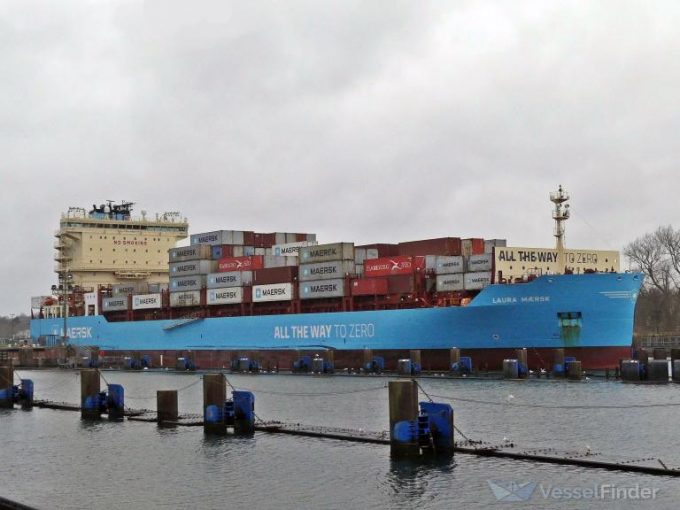Transpacific sees first major MSC blanks as rates fall and volumes falter
Following nine weeks of consecutive declines in spot freight rates on the transpacific, carriers are ...

The major container lines continue to dominate regional carriers and commercial feeder operators in the intra-European shortsea markets.
The ocean carriers are keen to tap into niche European markets, as well as operate more of their own feeders and shuttle services in order to expand their global footprints.
Indeed, in past years they have invested heavily in bridging the gap between their deepsea and shortsea businesses, and recognising the operational and commercial differences of the latter.
According to new analysis by Alphaliner, in ...
Transpacific sees first major MSC blanks as rates fall and volumes falter
'It’s healthy competition' Maersk tells forwarders bidding for same business
Shippers snap up airfreight capacity to US ahead of tariff deadline
White House confirms automotive tariffs – 'a disaster for the industry'
Volcanic disruption at Anchorage could hit transpacific airfreight operations
New price hikes may slow ocean spot rate slide – but for how long?
Tighter EU import requirements proving 'a challenge' for forwarders

Comment on this article